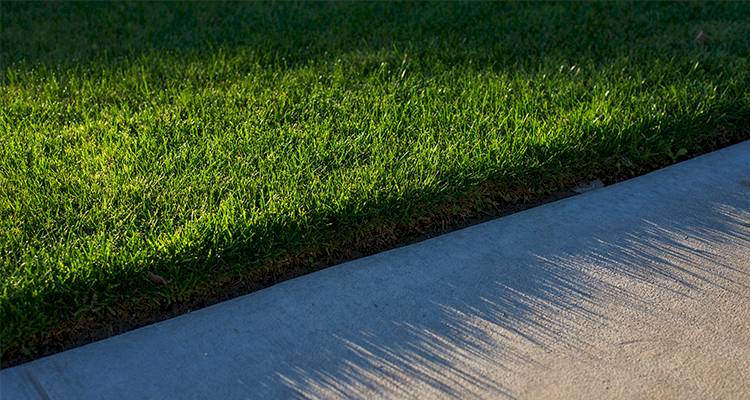How to Remove a Hedge
Are you looking for information on how to remove hedges from your garden? Removing hedges from your garden is a simple DIY job that shouldn’t take too long to complete.
This article will provide you with a step-by-step guide on how to remove hedges, along with a list of all of the relevant tools and safety equipment you will need for the job.
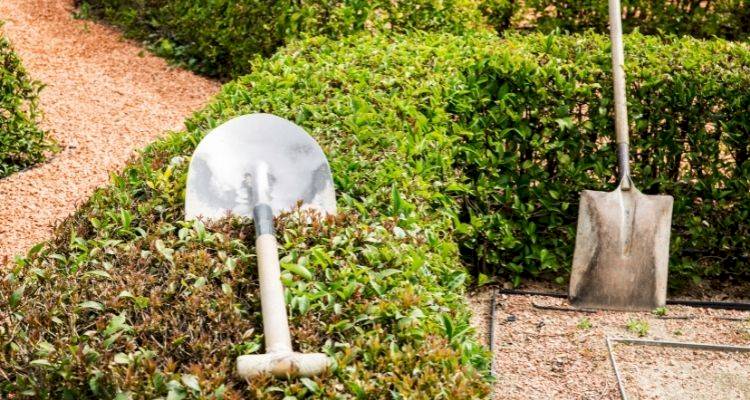
Table of Contents
What Tools Do I Need to Remove a Hedge?
Below is a list of the tools you’ll need when removing hedges:
- Reciprocating saw
- Pruning saw
- Spade
- Loppers
- Axe (optional)
- Stump grinder (optional)
What Safety Equipment Do I Need for Hedge Removal?
Below is a list of the safety equipment that you’ll need when doing a hedge removal:
- Gloves
- Goggles
- Long sleeves
- Sensible footwear
What Materials Do I Need to Remove Hedges?
You won’t necessarily need any additional materials when removing your hedge unless you are planning on immediately replacing it - whether that be a replacement hedge, garden wall or putting in some garden plants.
The best time of year to start a new hedge is in the winter, allowing it time to thrive during the spring, whereas plants and flowers can vary depending on the season.
How to Prepare for Hedge Removal
To prepare for removing a hedge, you will need to ensure that you have all of the tools and safety equipment needed to complete the job. We have included lists above of everything you’ll need for this type of work.
If you're hiring hiring a gardener then they are likely to already have everything they need for the job already.
How to Remove a Hedge Yourself — Step-by-Step Guide
Follow the step-by-step guide below on how to get rid of hedges, or hire a local gardener to help:
Step 1
Using your reciprocating saw, cut off the branches of your hedge close to the bottom, leaving a small stump at the bottom.
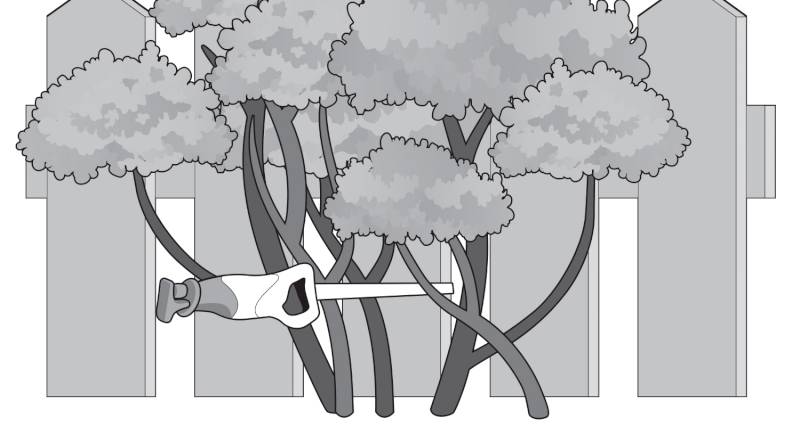
Step 2
Remove each piece of the hedge as you go along. You may find that some of the pieces of the hedge are intertwined, so it may be difficult to pull them away bit by bit. If that’s the case, then continue along with your sawing until you reach a point where you can pull the loose pieces of hedge away.
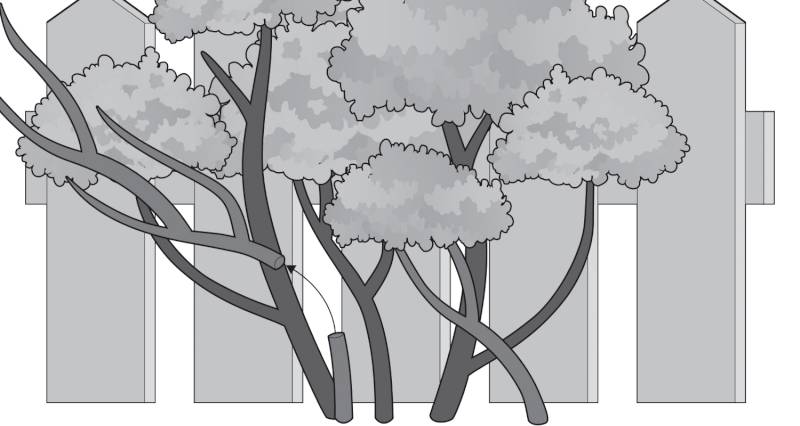
Step 3
Once you’ve removed all of the bulky parts of the hedges with your saw, you should be left with several stumps. These stumps will need to be removed also.
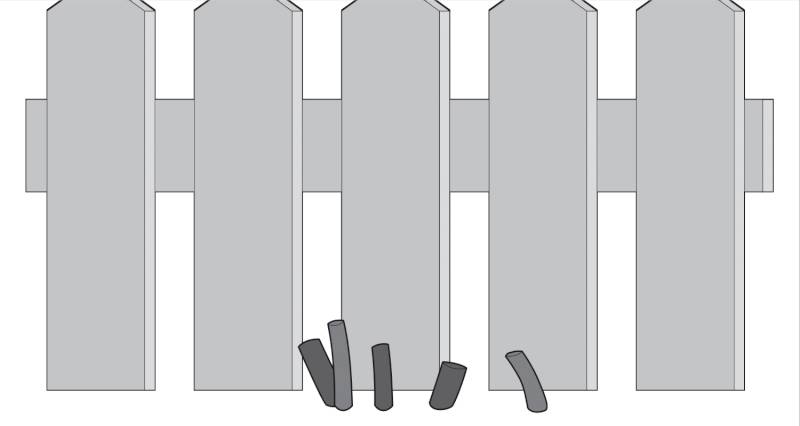
Step 4
To remove the stumps, you will need to use a spade and hack at the ground around the stumps. You need to bear in mind that the roots may be quite far down in the ground, so you may need to do quite a bit of digging.
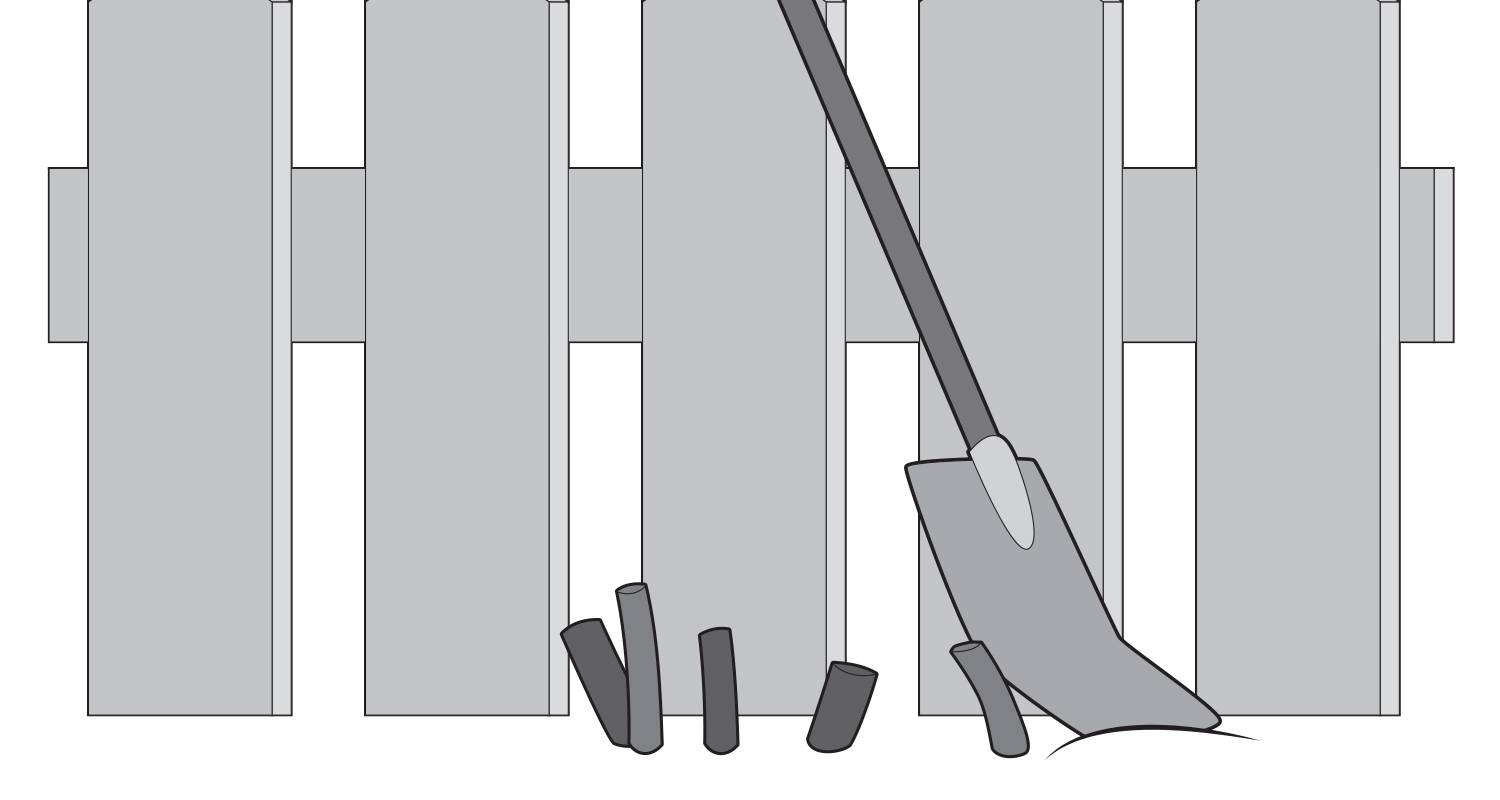
Step 5
Try to remove as much dirt and soil from around the roots as you can to make them as loose as possible.
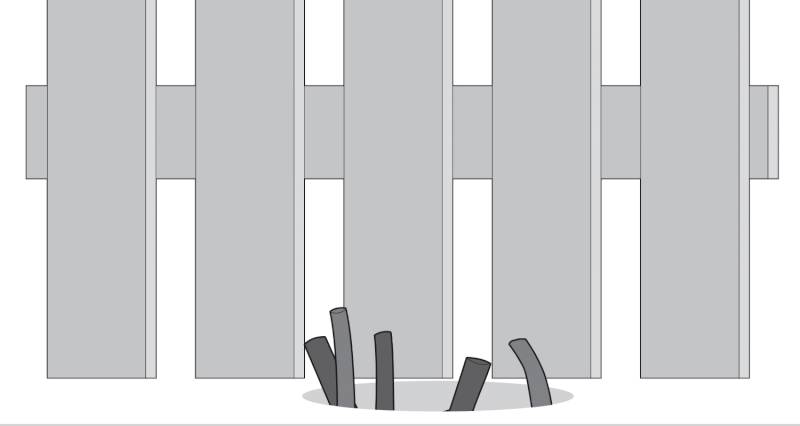
Step 6
Once the roots are loose enough, you will then be able to pry them away from the ground using your spade and pull them out of place using your hand. These can then be disposed of.
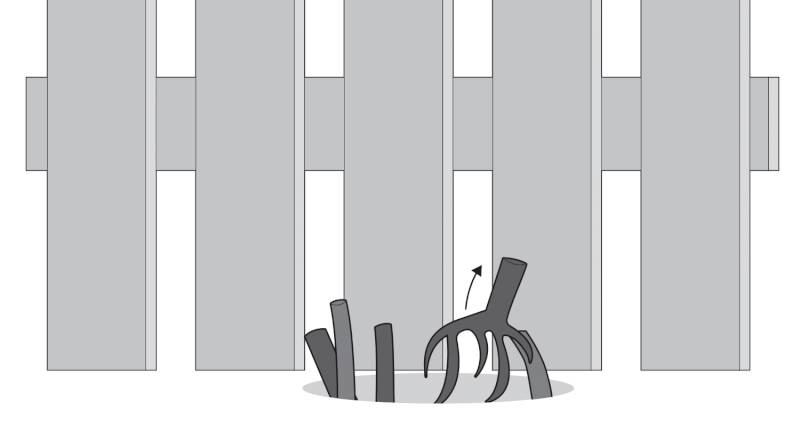
Step 7
Repeat the above step for all of the stumps that you’re left with, for particularly large hedges - hiring a stump grinder may also be a practical solution. If your hedge roots are stubborn and can’t be dug out, then you may need to hire an excavator to extract the roots completely.
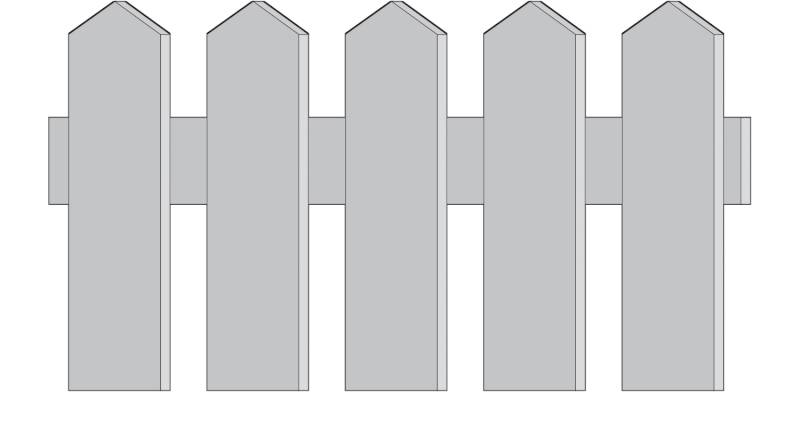
Types of Hedges
There are several different types of common hedges in the UK. Below is a list of the different types of popular hedges that you may find in your garden:
- Leylandii Hedging — This fast-growing evergreen with fragrant foliage is ideal for adding privacy, helps with noise reduction, and is a quick hedge solution that's a classic choice in UK gardens.
- Beech Hedging — Popular native hedge that attracts wildlife that provides a habitat for butterflies, moths and insects. Beech hedging also retains its crisp foliage during the winter.
- Yew Hedging — An evergreen conifer that provides coverage all-year round. Excellent for privacy, it's wildlife-friendly, and versatile within direct sunshine or in the shade.
- Laurel Hedging — Thick, deep green foliage that stays attractive all year. Another great option for privacy and helping noise reduction, as well as supporting birds and bees.
- Box Hedging — Commonly used for borders and pathways, box hedging is easily shaped, making it neat and tidy. It can also survive in poor soil and adverse weather conditions, while maintaining a formal appearance.
FAQs
How Much Does Professional Hedge Removal Cost?
The cost to remove a hedges will depend on its size, how easy it is to access and your location in the UK. Removing small hedges tend to cost around £100-£250, while larger jobs can be £250-£400. Waste removal is also usually included, but worth checking when asking for a quote.
What Are the Laws on Removing Hedges?
You can usually remove your own hedge, although you may need to request permission if you live in a conservation area or if it is within the grounds of a listed building. It’s also against the law to cut hedges in the countryside without permission or disturb hedges (including your own) that have an active birds nest, as outlined under the Wildlife and Countryside Act.
How Do You Remove Ivy From Hedges?
Trim the ivy as close to the ground as possible and remove as much of the roots as you can without damaging hedge roots. Use a trowel for careful digging, or carefully apply herbicide to the roots if needed. You should always wear protective gear when tackling ivy.
When Is the Best Time of Year to Trim My Hedges?
How Much Does It Cost to Hire Someone to Remove My Garden Waste?
Waste removal is around anywhere from £15 to £300 depending on the amount of waste you’re getting rid of. In some instances you can request collection via your local council, otherwise you may need to hire a skip or ask someone with a van to help with a skip run.

